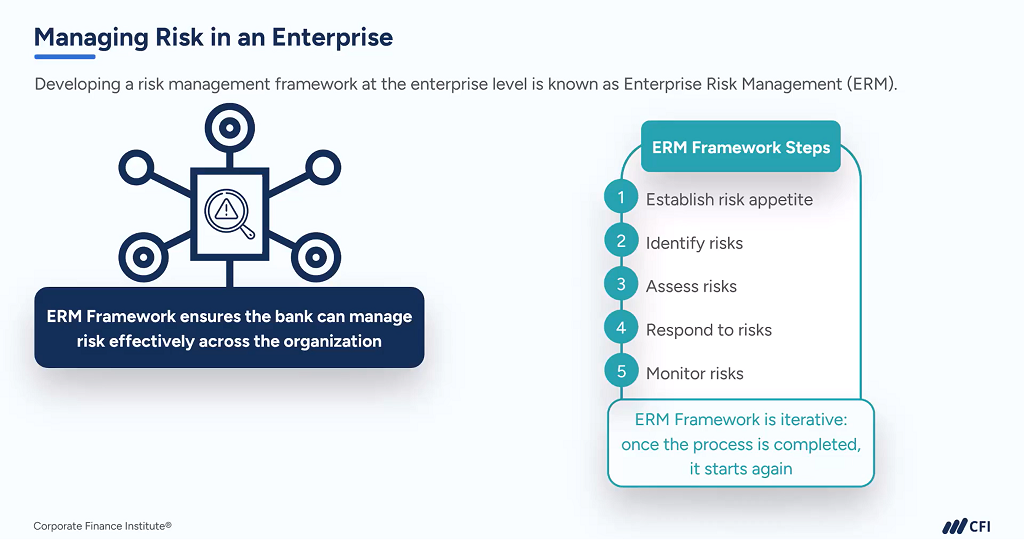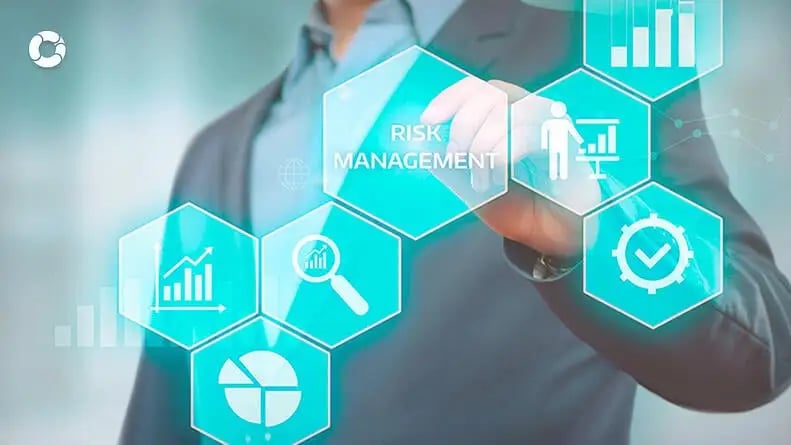The Far-Reaching Importance of Risk Management in Global Supply Chains
The Far-Reaching Importance of Risk Management in Global Supply Chains
Blog Article
Discovering the Relevance of Risk Management for Effective Decision-Making Methods
In the intricate world of service, Risk Management emerges as an important aspect in the decision-making process. The capability to identify prospective threats and opportunities, and strategize as necessary, can lead to the difference in between success and failure.
Understanding the Concept of Risk Management
Risk Management, an important component in decision-making, is typically misconstrued or oversimplified. Risk Management includes disciplined and organized techniques, utilizing data and insightful analyses. From financial uncertainties, legal liabilities, critical Management mistakes, to mishaps and natural calamities, it attends to various dangers - importance of risk management.
The Role of Risk Management in Decision-Making Processes
In the realm of calculated planning and organization operations, Risk Management plays an essential function in decision-making processes. It helps in recognizing potential dangers and uncertainties that could affect the accomplishment of organization purposes. By mapping these dangers, companies can develop techniques to mitigate their influence, guaranteeing service continuity and security. Risk Management thus ends up being an essential device in decision-making, helping leaders to make enlightened selections based on a detailed understanding of the threats entailed. It encourages a positive strategy, making it possible for companies to prepare for and prepare for feasible future situations. This significantly decreases the likelihood of unfavorable effects, advertising a lot more effective and reliable decision-making methods. For that reason, Risk Management acts as an important part in the decision-making processes of any type of organization.

Just How Risk Management Enhances Strategic Planning
In the context of strategic preparation, Risk Management plays a pivotal role. Starting with the recognition of potential risks, it even more reaches the execution of Risk reduction steps. The duty of Risk Management is vibrant but not static, as it requires continuous monitoring and adjusting of strategies.
Recognizing Potential Dangers

Implementing Risk Mitigation
Having actually developed the significance of recognizing potential risks, the next step is to explore Risk reduction. This process involves developing and carrying out approaches to take care of determined dangers successfully. It is a critical element of tactical preparation as it improves decision-making by reducing possible negative end results. Risk reduction techniques can range from Risk avoidance, Risk transfer, to run the risk of reduction. Each technique needs to be tailored to the certain Risk, considering its potential influence and the company's Risk resistance. Furthermore, efficient Risk mitigation calls for a deep understanding of the Risk landscape and the possible influence of each Risk. This understanding allows companies to focus on dangers and allot sources effectively, making sure that one of the most considerable dangers are resolved initially.
Monitoring and Changing Strategies
Though Risk mitigation is an essential step in calculated planning, continual tracking and change of these strategies is check here just as important. It likewise provides a possibility to evaluate the success of the Risk Management actions, permitting changes to be made where required, further boosting strategic planning. Tracking and readjusting Risk Management strategies is a crucial component for enhancing an organization's strength and tactical planning.
Case Studies: Effective Risk Management and Decision-Making
Worldwide of service and money, effective Risk Management and decision-making commonly act as the pillars of thriving business. One such entity is a multinational oil company that reduced economic loss by hedging versus fluctuating oil costs. In an additional circumstances, a technology startup flourished by identifying and accepting high-risk, high-reward techniques in a volatile market. An international financial institution, confronted with regulatory uncertainties, effectively browsed the situation through proactive Risk analysis and vibrant decision-making. These situations highlight the value of sharp Risk Management in decision-making processes. It is not the lack of Risk, yet the Management of it, that often sets apart effective firms from unsuccessful ones. These instances highlight the essential view it function of Risk Management in critical decision-making. importance of risk management.
Devices and Techniques for Reliable Risk Management
These tools, such as Risk signs up and warm maps, aid in recognizing and examining potential dangers. Risk reaction techniques, a vital element of Risk Management, entail accepting, preventing, transferring, or mitigating risks. With these techniques and devices, decision-makers can browse the facility website here landscape of Risk Management, therefore assisting in educated and reliable decision-making.
Future Patterns in Risk Management and Decision-Making Approaches
As we discover the large landscape of Risk Management, it comes to be obvious that the tools and methods made use of today will certainly remain to evolve. Future patterns direct towards a raised dependence on modern technology, with synthetic intelligence and equipment understanding playing substantial functions. These modern technologies will certainly enable organizations to forecast possible threats with higher accuracy and make more educated choices. Additionally, there will be a growing focus on durability, not just in managing threats yet additionally in getting better from damaging situations. Last but not least, the concept of Risk society, where every member of an organization is aware and involved in Risk Management, will certainly obtain more prominence. These trends proclaim an even more proactive and comprehensive strategy in the direction of Risk Management and decision-making.
Verdict

Risk Management therefore comes to be an essential tool in decision-making, helping leaders to make educated choices based on a comprehensive understanding of the dangers included. Risk reduction methods can vary from Risk avoidance, Risk transfer, to take the chance of reduction (importance of risk management). Efficient Risk reduction needs a deep understanding of the Risk landscape and the potential influence of each Risk. Risk reaction strategies, a key element of Risk Management, entail approving, staying clear of, transferring, or mitigating threats. The concept of Risk culture, where every member of an organization is aware and included in Risk Management, will certainly acquire much more prestige
Report this page